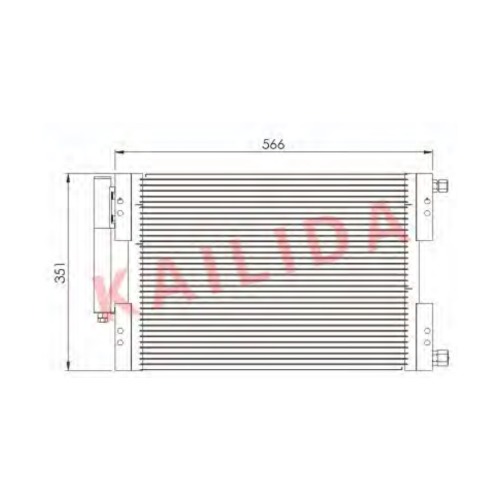What is Universal AC Condenser's primary purpose?
The primary purpose of a Universal AC condenser is to facilitate the heat transfer process in an air conditioning system. It is an essential component of the system responsible for releasing the heat that has been absorbed from the indoor air by the evaporator coil.
In an air conditioning system, the condenser is typically located outside the building, and its main function is to dissipate the heat absorbed from the indoor air. Here's how the Universal AC condenser works:
Heat Dissipation: The refrigerant, which is in a gaseous state after absorbing heat from the indoor air through the evaporator coil, is sent to the condenser. The Universal AC condenser is designed with a series of metal fins and tubes that maximize the surface area available for heat dissipation.
Condensation: As the hot refrigerant gas flows through the condenser coils, it comes into contact with the cooler outdoor air. The temperature difference causes the refrigerant to release its heat energy, causing it to condense and transform back into a high-pressure liquid.
Fan and Airflow: The Universal AC condenser is equipped with a fan that draws in outdoor air and blows it over the condenser coils. This airflow enhances the heat transfer process by carrying away the heat from the refrigerant and dissipating it into the atmosphere.
Refrigerant Compression: Once the refrigerant has been condensed into a high-pressure liquid, it travels through the system's refrigerant lines, and the cycle continues. The high-pressure liquid refrigerant moves to the expansion valve, where it undergoes a pressure drop and becomes a low-pressure, low-temperature liquid.
Evaporator Coil: The low-pressure liquid refrigerant then enters the indoor evaporator coil, where it absorbs heat from the indoor air, cooling the air in the process. The cycle repeats as the refrigerant is returned to the condenser to release the absorbed heat once again.




 English
English русский
русский Español
Español عربى
عربى 中文简体
中文简体












